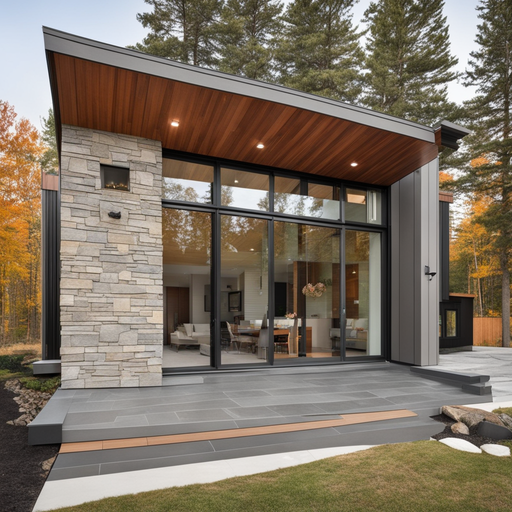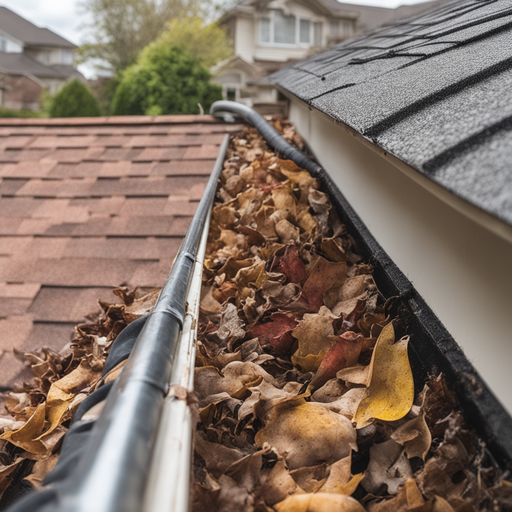Introduction: The Importance of Aluminum Siding Repair
Aluminum siding is a popular choice for homeowners looking for a durable and low-maintenance exterior. Its resistance to moisture, fire, and dents make it an excellent option for protecting homes against various elements. However, like any material, aluminum siding is not invincible and can suffer damage over time. That’s why timely repairs and maintenance are crucial to preserving both the aesthetic appeal and structural integrity of your home.
Finding the Right Repair Method
Unlike wood or vinyl siding, aluminum doesn’t absorb moisture, which is a significant advantage in preventing issues like mold growth and structural damage. However, when damaged, it’s essential to use the correct repair method to ensure long-lasting results. Whether it’s a dent, scratch, or crack, taking care of the problem early on can prevent more severe issues like cracking or flaking paint in the future.
Handling Dents and Scratches
Dents and scratches on aluminum siding are common. While they may seem minor at first, neglecting to address them promptly can lead to more significant problems down the line. To repair these issues, start by cleaning the damaged area with a mild detergent and warm water. Remember to rinse thoroughly and let it dry completely.
Once the surface is clean and dry, use a heat gun or hairdryer to warm the dented or scratched area. The heat will make the aluminum more malleable, allowing you to gently push the dent out or smooth the scratch. Be careful not to overheat the siding, as excessive heat can warp or deform it.
Fixing Cracks and Holes
Cracks and holes in aluminum siding require a different repair approach. Begin by cleaning the damaged area as mentioned above. Next, apply a rust-inhibiting primer to the crack or hole, ensuring complete coverage. Once the primer is dry, use a high-quality filler, such as an epoxy-based product, to fill the damaged area. Smooth out the filler with a putty knife and let it dry according to the manufacturer’s instructions. Sand the patched area lightly to create a seamless finish, and finally, apply a matching color coat of exterior paint to complete the repair.
Preventing Future Damage
While addressing existing damage is crucial, preventing future problems is equally important. To protect your aluminum siding, consider these handy tips:
1. Regular Inspection: Examine your siding regularly for signs of damage, such as dents, scratches, or cracks. Identifying issues early on allows for prompt repairs, preventing further deterioration.
2. Avoid Excessive Force: Be careful not to subject your siding to unnecessary force or impact, as this can cause dents, scratches, or even dislodgment. Be mindful when maneuvering ladders, gardening equipment, or other objects near your home’s exterior.
3. Trim Trees and Shrubs: Overhanging branches and brush can scrape against your siding, causing scratches or other damage. Keep vegetation trimmed away from your home to minimize the risk.
4. Clean with Care: When cleaning your aluminum siding, use a soft cloth or sponge with a mild detergent. Avoid abrasive cleaners or scrub brushes, as they can scratch the surface.
Aluminum Siding: A Fire-Resistant Option
One notable advantage of aluminum siding is its ability to withstand fire. Unlike some other types of exteriors, aluminum does not ignite easily, providing an added layer of protection for your home. However, it’s important to note that extreme heat can cause aluminum siding to warp or deform. To maintain its fire-resistant properties and prevent potential damage, regular maintenance and repairs should never be overlooked.
Tackling Warped Siding
If you notice warping or deformation in your aluminum siding, it’s crucial to take immediate action. Warped siding not only compromises the structural integrity of your home but also affects its aesthetic appeal. Fortunately, repairing warped siding is relatively straightforward. Start by removing the affected panels carefully. Using a heat gun, apply heat to the warped area, gradually reshaping it to its original position. Once the siding has regained its form, reinstall the panels correctly, ensuring a secure fit.
Maintaining Your Aluminum Siding
Regular maintenance goes a long way in prolonging the lifespan of your aluminum siding. Here are some tips to help you keep it in optimal condition:
1. Gentle Cleaning: Wash your siding annually with a garden hose or a low-power pressure washer. Use a mild detergent to remove dirt, grime, and any organic growth that might accumulate over time.
2. Inspect Caulking and Seals: Check the caulking and seals around windows, doors, and any other penetrations in your siding. Replace any worn or damaged caulking promptly to prevent water infiltration.
3. Address Paint Issues: Keep an eye out for peeling or chipping paint on your aluminum siding. These areas should be sanded, primed, and repainted to maintain a healthy coat of protection against exterior elements.



